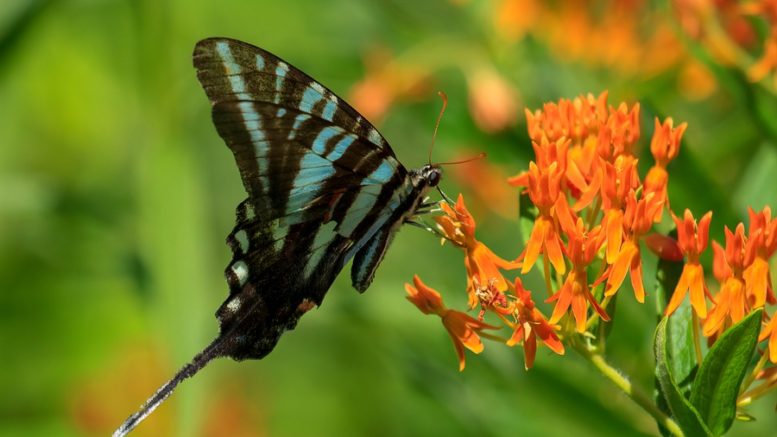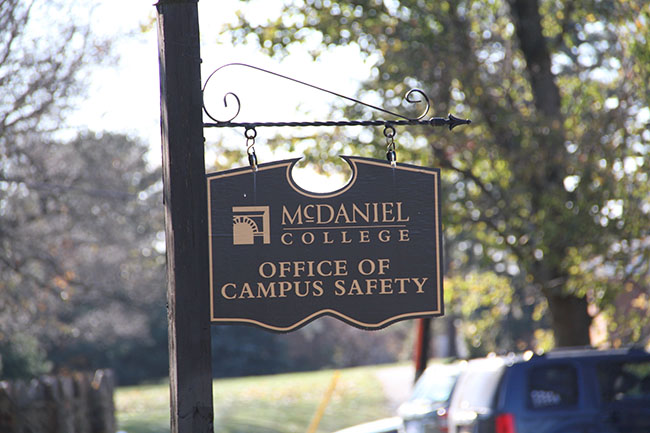Want to make a simple garden that is easy to maintain?
Using native plants, you can create a garden that gets lots of attention from birds, butterflies and bees!
According to the Chesapeake Bay Program, there are an estimated 200 or more invasive species in the Chesapeake Bay. Invasive species are plants or animals that aren’t native to an area whose presence causes harm or damage to it.
Nonnative species are commonly brought to areas which they aren’t from to create medicines, they are not found anywhere else, or are accidentally dropped off when traveling. They are then left to their own devices which allows them to outcompete with the native species already there and cause them to die off. A good way to support the Chesapeake Bay’s ecosystem is to plant more native plants. This helps keep biodiversity and helps with habitat loss for native species.
Native plants are flowers, ferns, trees, shrubs and grasses naturally located in an area. Native plants have adapted to the land and weather of the area they grow. The native species inhabiting the area rely on them for food. Native plants attract many bees and butterflies, which are local pollinators and some of which feed exclusively on a specific plant.There are also bird species which may gather food resources from these plants.
To acquire native plants, it is best to go to a local grower or organization as opposed to taking them from the wild. If you are just getting started, select native plants that are easy to maintain, and choose the correct ones for where you live since different native plants are adapted to their respective geographical regions.
When planting your plants, you should attempt to get rid of all the non-native species to allow your plants the greatest possibility of survival and help other natives reappear. The Chesapeake Bay Foundation also recommends not raking leaves. Leaves contain a lot of nitrogen and organic matter which is beneficial for the plants. Leaves will encourage better root systems, soil moisture and reduce greenhouse gases.
Since invasive species may have already begun to take over parts of the ecosystem, it is important to know how to get rid of them. It is not as simple as just pulling or mowing them as these things can have an effect on the local life when done carelessly. This is especially true when using herbicides. The National Park mid-Atlantic guide strongly urges having well thought out plans when attempting to remove invasive species and even utilizing specialists when it comes to the use of herbicides. It is also important to properly identify the plant you are observing because some invasive species have very specific methods for removal and they spread very easily.
If you are interested in learning more about invasive species and the natural world around us, McDaniel has an Environmental Studies program which allows you to go through the experiences of gardening, learning about the types of plant species, the Chesapeake Bay ecosystem and much more.





